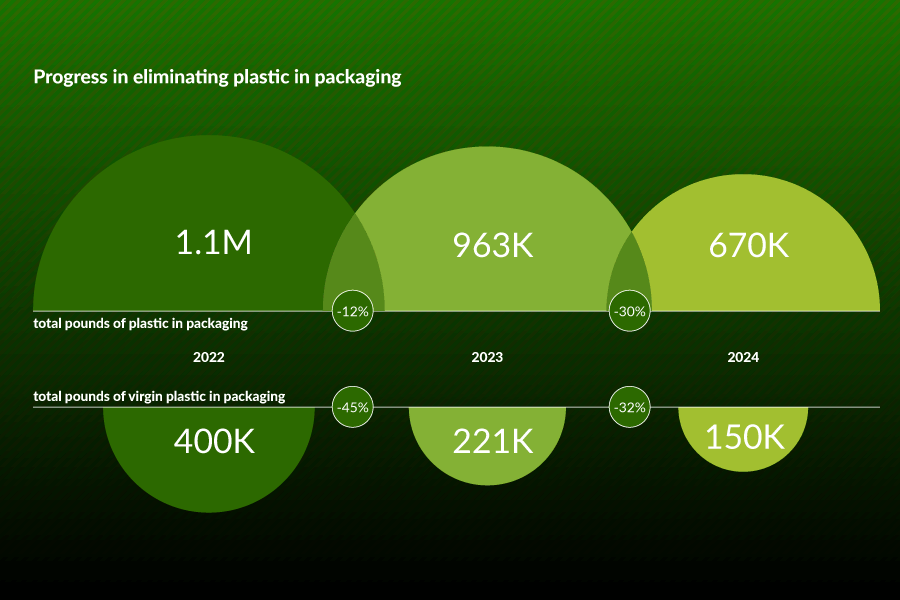Environmental sustainability has been a growing issue of concern for years for many, but it is now universally recognized as the defining crisis of our time and is a central topic of concern and focus for governments, businesses, individuals and communities – and one that we must address urgently.
The IT industry has a huge part to play and our need to focus on sustainability grows by the day. While digital transformation has given everyday societal activities a much lighter environmental touch, including virtual meetings, online shopping, streaming entertainment and many more sustainable ways to interact and communicate, the actual digital transformation itself is tethered to points of presence, data centers, ‘clouds’ and devices. These innovations consume resources and create waste products from burning fossil fuels for electricity to make it all happen. There is no escaping this fact. And the more we rely on the network and IT, the more power it will require in the years ahead. Some industry forecasts even show IT power usage tripling by 2030.
Unless we act.
At Juniper Networks, we have acknowledged this IT challenge for several years. Mindful that our mission is to power connections and empower change, we are committed to ensuring networking is a force for good in the world. That includes building global resilience to combat climate change throughout our business and supply chain. Since 2008, we’ve consistently focused our R&D efforts and our networking portfolio to be optimized with vast improvements in power (and space) consumption for all of our customers. These R&D efforts have been alongside a parallel focus on our portfolio’s functionality and performance capabilities to deliver the best possible user experience for our customers and for end users.
Juniper will continue this work with renewed vigor and urgency as we pledge measurable, meaningful improvements to our environmental sustainability footprint.
Juniper’s portfolio offers features and benefits that can help customers deliver a sustainable, responsible digital transformation in their own operations. A great example is the ongoing design innovation within Trio and Express Silicon, the two custom chipset families driving Juniper’s flagship MX and PTX families (and which help us to power 49 of the 50 top service providers and the 20 largest cloud providers globally). This innovation has enabled the watts-to-gigabit ratio to drop by over 96 percent in the past 10 years, creating a significant improvement in customers’ operational carbon footprints and energy consumption. Going forward, Juniper’s modular chassis-based routers will move to orthogonal-mated fabrics without physical backplanes. In simple terms, this unique innovation delivers up to 20 percent power savings by allowing simplified straight front-to-back airflow, compared to older chassis that have to ‘bend’ air diagonally over a backplane.
Becoming environmentally sustainable in networking and the broader technology industry will never be easy, but we have a collective responsibility to put all of our resolve, creativity, innovation and determination into minimizing the impact IT has on the environment, both operationally and in solutions we bring to market. That way, the sustainability value that digital transformation already delivers is increased and amplified. The journey will be long but the destination justifies every step.
These are just a few examples of Juniper’s many engineering achievements across our networking portfolios. In the future, we expect even more achievements and advocate for engineers across our industry to investigate and invent ways to help negate the IT paradox. Please join us on our journey.
In a companion blog, our CEO, Rami Rahim, announces Juniper’s carbon neutral pledge and outlines how we are working toward aggressive sustainability goals across our facilities worldwide.

























